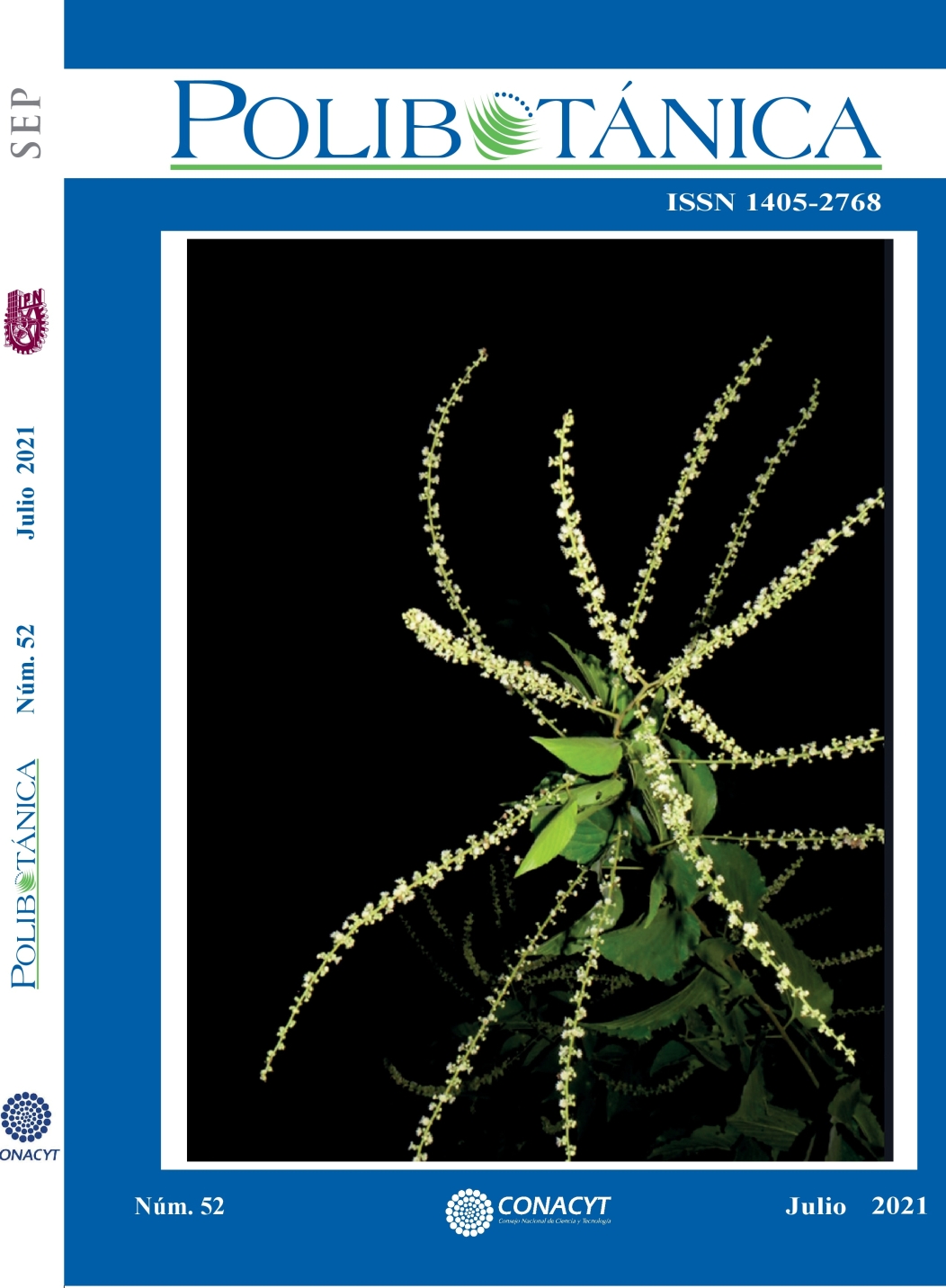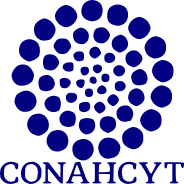Medicinal plants of the Tének from San Francisco, Chontla, Veracruz, Mexico
DOI:
https://doi.org/10.18387/polibotanica.52.14Keywords:
Medicina tradicional, recurso, significancia cultural, TénekAbstract
Medicinal plants constitute one of the most important resources of traditional Mexican medicine. The state of Veracruz has a great floristic and cultural wealth that has allowed the development of herbal knowledge. Although there are several studies that record the medicinal use of plants, there are still geographical areas and native cultures with little or no information. This is the case of the Tenek or Huasteca region located northeast of the State. For this reason, the present study investigated the herbal knowledge of the Tenek community of San Francisco, Municipality of Chontla, Veracruz. A total of 97 species of medicinal plants that make up the floristic list were registered, which are included in 53 families and 84 genera. Eight new records of medicinal species were found for Veracruz. The cultural significance of seven species was determined using the fidelity index (FL) that includes the priority range (ROP) and relative popularity (RPL), and the use value index for the parts of the plants used was calculated. The results of this research document and demonstrate the floristic and cultural richness in relation to the knowledge, use and management of medicinal plants in the Tenek indigenous community of San Francisco, Chontla, Veracruz.
References
Alburquerque P. & L. Andrade. (1998). Etnobotánica del género Ocimun L. (Lamiaceae) en las comunidades afrobrasileñas. Anales del Jardín Botánico de Madrid 56:107-118. https://www.researchgate.net/publication/26523434_Etnobotanica_del_genero_Ocimum_L_Lamiaceae_en_las_comunidades_afrobrasilenas
Alexiades, Miguel N. (1995). Apuntes para una metodología hacia la investigación etnobotánica. Ponencia presentada en el VI Congreso Nacional de Botánica y I Simposio Nacional de Etnobotánica. Perú. https://www.academia.edu/446045/Alexiades_M_N_1995_Apuntes_hacia_una_metodolog%C3%ADa_para_la_investigaci%C3%B3n_etnobot%C3%A1nica_Conferencia_Magistral_VI_Congreso_Nacional_de_Bot%C3%A1nica_y_I_Simposio_Nacional_de_Etnobot%C3%A1nica_04_octubre_de_1995_Cusco_Per%C3%BA_
Al-Fatimi, M. (2019). Etnobotanical survey of medicinal plants in central Abyan governorate, Yemen. Journal of ethnopharmacology. 241. https://doi.org/10.1016/j.jep.2019.111973
Anderson, E. N., Cauich, C. J., Dzib, A., Flores, G. S., Islebe, G., Medina, T. F., Sánchez, S. O. y Valdez, P. Ch. 2003. Those who bring the flowers: Maya Ethnobotany in Quintana Roo, Mexico. ECOSUR. 323 p.
Angulo, A., Rosero, R. y Gonzales, M. (2012). Estudio etnobotánico de las plantas medicinales utilizadas por los habitantes del corregimiento de Genoy, Municipio de Pasto, Colombia. Revista Universidad y Salud. 14(2):168–185. http://www.scielo.org.co/scielo.php?pid=S0124-71072012000200007&script=sci_abstract&tlng=pt
Argueta, V.A., L.M. Cano y M. E. Rodarte (coords.). (1994). Atlas de las plantas de la medicina tradicional mexicana. vol. I, II y III. Instituto Nacional Indigenista. Biblioteca de la medicina tradicional mexicana. México, DF. 1786 p.
Downloads
Published
Issue
Section
License

Polibotánica by Departamento de Botánica de la Escuela Nacional de Ciencias Biológicas del Instituto Politécnico Nacional se distribuye bajo una Licencia Creative Commons Atribución-NoComercial-CompartirIgual 4.0 Internacional.




















